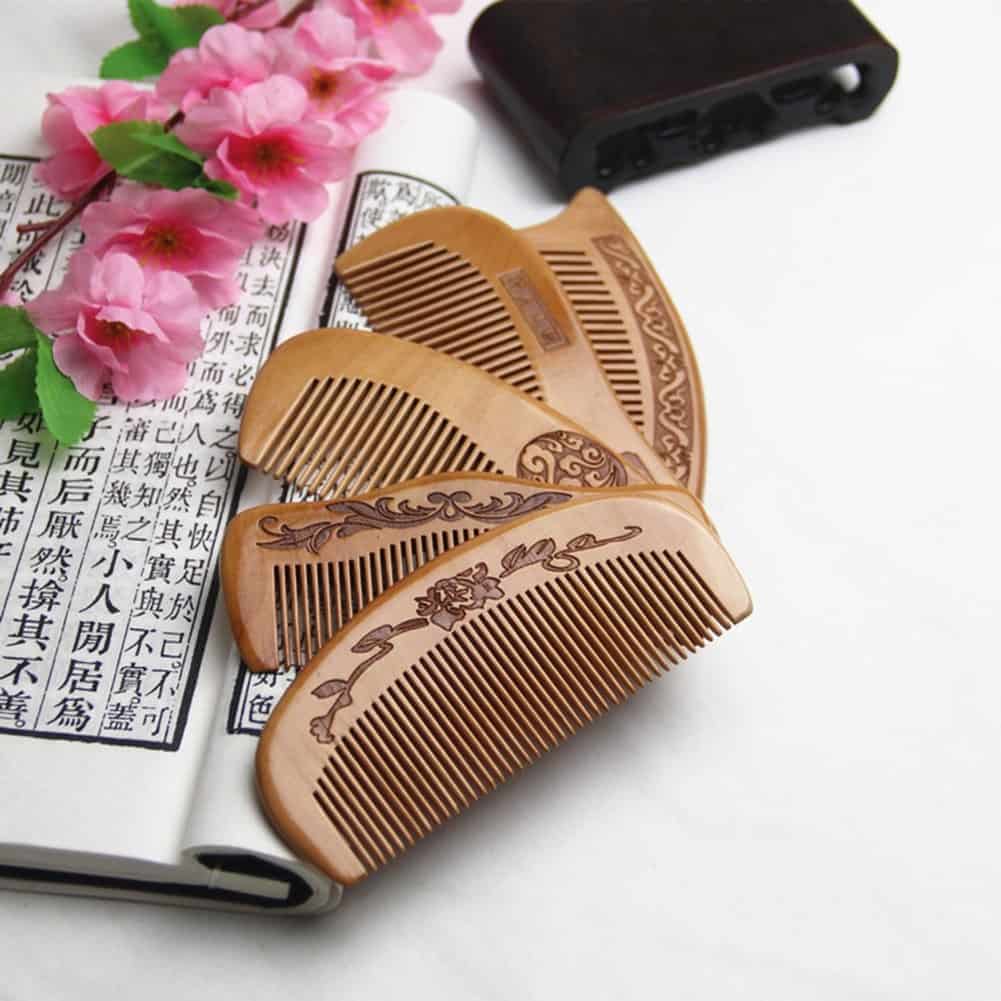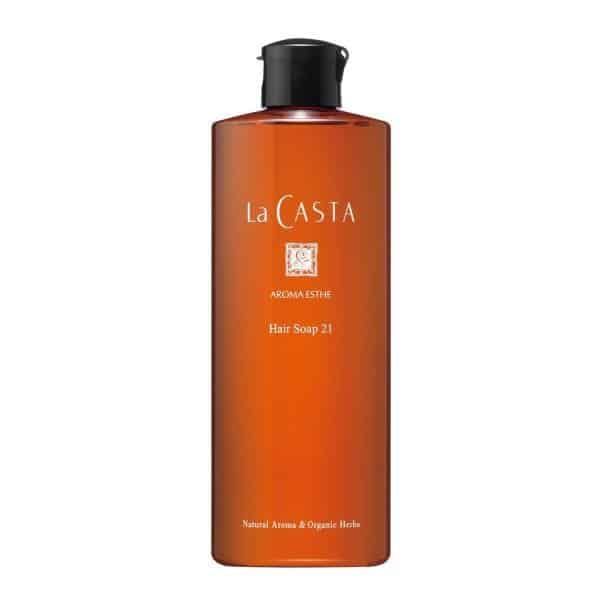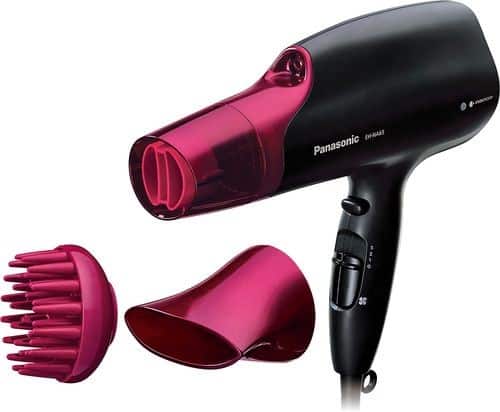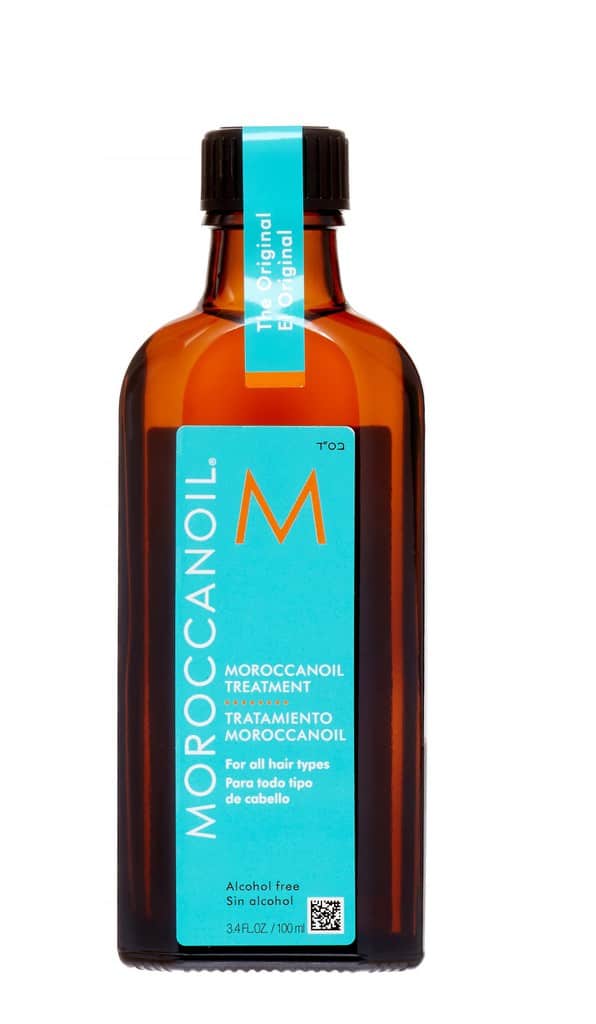Style
5 Exquisite Haircare Tips Among Japanese Women
When you walk through Japan’s streets, you will notice that 8 out of 10 Japanese women dye and style their hair. Here comes the curiosity: How do they manage to look perfect and natural all the time? They invest a lot of time and effort to take care of it. Daily hair care routine in taking care of your hair is as essential as your skincare routine. Now, let’s explore the hair care tips you can follow to achieve healthy and beautiful hair.

1. Brush your hair before shampooing

Product recommendation: Japanese handmade wooden comb
Brushing your hair can stimulate the blood circulation in the scalp, which can help in hair growth. Another reason is that brushing your dry hair before showering is to loosen disentangle and dirt in your hair, eventually minimizing hair loss. Japanese women choose to use a wooden comb instead of metal or plastic comb because the latter will build up the static in your hair, leading to frizzy hair. Japanese ladies do not wash their hair daily because they believe in the natural scalp oil is the best ‘hair oil’ for hair care; brushing your hair from top to bottom can distribute the ‘hair oil’ evenly.
2. Massage your hair with a scalp treatment oil

Product recommendation: Aesop Sage & Cedar Scalp Treatment
Japanese women add this step as a pre-shampoo treatment to their delicate scalp. This scalp treatment oil consists of botanical oils that help hydrate, soothe and purify the hair and scalp. Simply drop one full pipette on your palm, and then massage through the scalp for 2-3 minutes. Leave in for about fifteen minutes to absorb, followed by cleansing with shampoo. The treatment oil helps nourish your scalp and prevent your scalp from itchy and flaky.
3. Choose hair shampoo that suits your hair condition

Product recommendation: La Casta Aroma Esthe Hair Soap
First and foremost, determine your hair’s condition, whether it’s sensitive & oily, dry & frizzy or coloured & damaged hair. Select the suitable hair shampoo by paying close attention to the ingredients and hair type. You find the perfect shampoo just right for your hair eventually, just a matter of time!
Why are Japanese shampoos so special?
Japan produces high-quality skincare products; the same goes to hair products. Japanese shampoos offer a wide range of options to suit your hair type and needs. The natural aroma and organic herbs are the main ingredients that help your hair look more healthy than ever. Besides, the subtle and lasting fragrance also makes this product so popular among Japanese.
4. Blow dry your hair in the correct way

Product recommendation: Panasonic EH-NA65-K Nanoe Dryer
Blow drying hair could damage your hair if you choose the wrong type of hair dryer. Frequently applying heat to your hair will result in dry and damaged hair as it strips the moisture from your hair. Japanese hair dryers contain nanotechnology that infuses moistures to your hair and reduces static and frizz caused by heat. You can blow dry your hair much faster with minimal heat damage and ensure your hair looks sleek and healthy. Applying heat protection hair products before blowing your hair is the plus point!
5. Don’t forget to apply hair oil to your final step

Product recommendation: Moroccan Hair Oil
The last step of Japanese hair care tips is to apply the hair serum or hair oil to their hair before or after styling it. It is formulated with vitamins and argan oil to moisturise, detangle and add shine to your hair. Your hair will be left smooth and manageable all day.
Bonus: Go for head spa once in a month or twice. The scalp is also part of our skin; it needs to be well-taken care as well. Expose to UV light will cause bad blood circulation and lead to hair loss. Due to the ongoing pandemic situation, it is advisable to spend more time at home. Alternatively, you can select the suitable hair treatment to do your hair spa at home.
